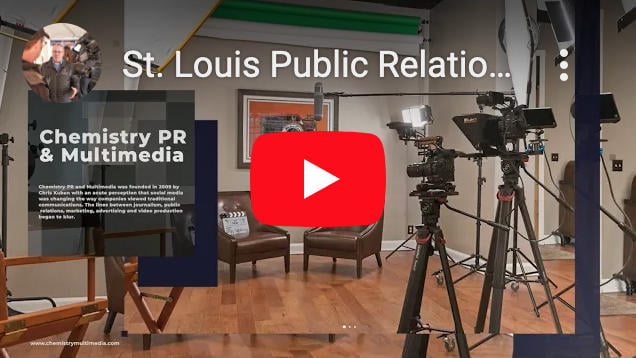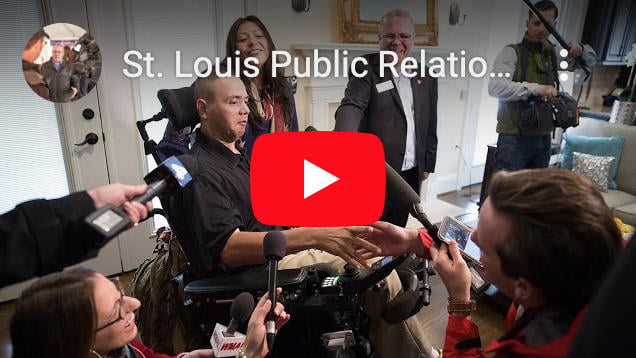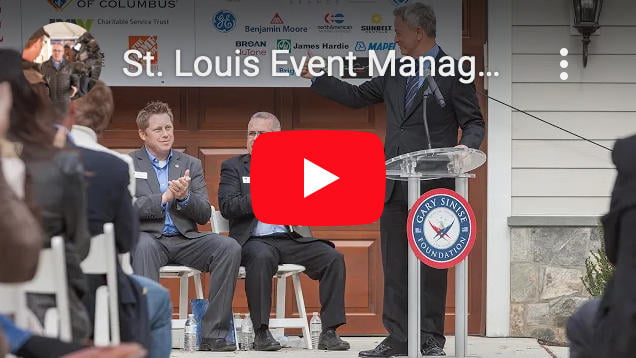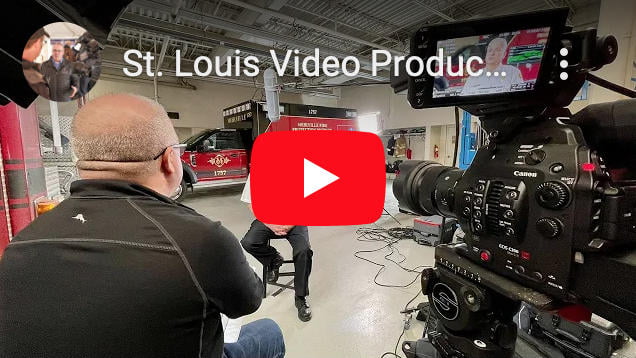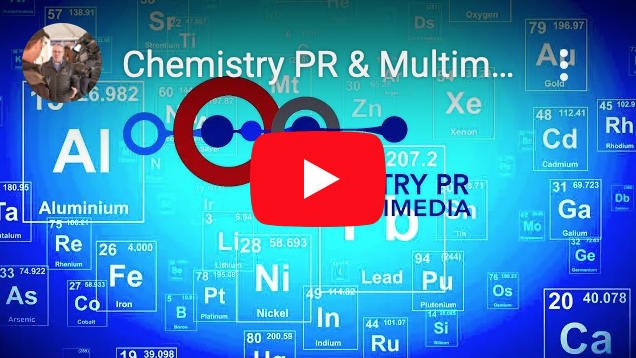8 Tips for Video Conferencing Success
Even as shelter-in-place and stay-at-home orders begin to ease across the country, many companies are extending their remote, work from home (WFH) policies through and beyond the summer—some indefinitely.
While we may be accustomed to video conferencing, we understand a lot of business owners and non-profit organizations may not be. Whether you are the host, guest speaker, or an attendee, here are our top tips to help you have a successful video conference.
- Reliable, high-speed internet connection. This may seem like it goes without saying but there are a few things you can do to ensure you get the most bandwidth out of your connection. For example, closing all unnecessary browser windows and apps, stopping or pausing any file downloads and uploads and program updates, and turning off Wi-Fi on other devices during your video conference.
- Suitable video conferencing platform. Whichever service you choose, be sure its system requirements are compatible with your PC or Mac. There are too many options to list in full but the most popular amongst business users are Zoom, Skype, Webex, GoToMeeting, Google Hangouts, Slack, Viber, and Discord. Many providers offer free short-term trials so that you can test them out and decide what will work best for your organization.

- Appropriate environment/surroundings. Plain, white walls don’t make for good backgrounds and neither do messy and cluttered rooms—both can be distracting. Whether you’re at home or in the office, be sure to check what’s visible by turning on your webcam and looking around the screen—you may see distracting (or inappropriate for work) items that you didn’t notice before. Some frequent users opt for an inexpensive pop-up green screen so they can include their own background images. Zoom and Skype offer virtual backgrounds (without the need for a green screen). If you go this route, choose one that is business appropriate. Bonus tip: You might consider creating your own virtual background that includes your brand colors and logo—just be careful that it’s not too ‘busy.’
- Quality audio. A quiet environment is best. Try to choose a location that minimizes any background noise or echoes. Experiment ahead of time to see if your computer speakers and mic are adequate, or if using an external mic, headset, or earbuds work better. Depending on the speed of your internet connection, sometimes dialing in separately (from a non-VoIP phone) and using a headset will make for better audio and video by reducing the drain on your bandwidth. Bonus tip: Mute yourself when you’re not speaking, this will reduce the potential for inadvertent background noise.
- Proper lighting. Whether you’re using your real environment or a virtual one, make sure you are adequately lit. Backlighting will create a shadow on your face, making it difficult for participants to see your expressions and other subtleties. Bright, harsh lighting could create a glare, again, making it difficult for others to see you clearly.
- Camera and subject positioning. You should be positioned relatively square to the camera, with the camera at or slightly above eye level. Camera positioning is very important; odd angles can be unflattering, even distracting. Too low and it will give your audience the dreaded “up the nose” view, too high and they’ll be looking down at you (and the top of your head).
- Eye contact and body language. Remember to look at your webcam as much as possible so that you are making virtual eye contact. When you look down, it can appear as though your eyes are closed. It’s human nature to want to see how you appear, but try not to look at yourself—every time you do, you’re breaking eye contact. Try to keep proper posture and avoid fidgeting and other random movements, as these can be disruptive. Bonus tip: Try moving the video window to the very top of your computer (rather than full screen) so your eyes are positioned more directly at the webcam.
- Dressing appropriately. Just because many of you may still be working from home doesn’t give you permission to look like you’re going to the gym. Avoid plaids, stripes, patterns, solid white and solid black. Neutral-colored business attire is best. You should dress just as you would for a face-to-face meeting. And, because you never know when you may have to stand up, or the camera may fall, be sure you aren’t just dressing the top. Bonus tip: Makeup isn’t just for the ladies. Using a little powder or blotting paper will help keep a shiny face from creating a glare.
It can be challenging to envision the difference many of these tips can make, but this explainer video from The Verge, “How to improve your video calls in 5 minutes,” does a great job of demonstrating just that.
Nearly all television news interviews are now (during the COVID-19 health crisis) being conducted through video conferencing and you may have spotted some offenders of these tips first-hand. For example, in a recent national TV interview, I noticed that the lighting, audio and camera were all properly adjusted. However, the interviewee wasn’t looking at the camera. I can only assume his monitor or screen was off to the side as he spent the entire interview looking to the right—the viewing audience (and interviewer) were looking at his profile. It wasn’t until the end that he looked directly at the camera and you could finally see his full face. Between that and an entire wall of bookshelves cram-packed with books, papers, and other items, it was difficult to stay focused on what he was saying.
Pandemic or not, media interview or business video call, being prepared allows you to relax, be authentic and project more confidence. Exhibiting authenticity and confidence leaves a positive impression and makes your message more memorable.
The team at Chemistry PR & Multimedia understands the importance of communicating appropriately and effectively with the right people. Call us today to schedule your consultation. Or, to learn more about virtual events, please review our website for more information.
 Chris Kuban started Chemistry PR and Multimedia with a vision to effectively formulate corporate and non-profit brands across the country. In doing so, he has become an expert in Media Relations, Event Management, Social Media implementation and video production. He engages, coordinates and oversees a diverse team of local and national suppliers, vendors, employees and consultants, allowing him to successfully coordinate over 120 national events focusing on overall logistics, media relations and his clients’ expected ROI. Follow him on Twitter or connect with him on LinkedIn.
Chris Kuban started Chemistry PR and Multimedia with a vision to effectively formulate corporate and non-profit brands across the country. In doing so, he has become an expert in Media Relations, Event Management, Social Media implementation and video production. He engages, coordinates and oversees a diverse team of local and national suppliers, vendors, employees and consultants, allowing him to successfully coordinate over 120 national events focusing on overall logistics, media relations and his clients’ expected ROI. Follow him on Twitter or connect with him on LinkedIn.




